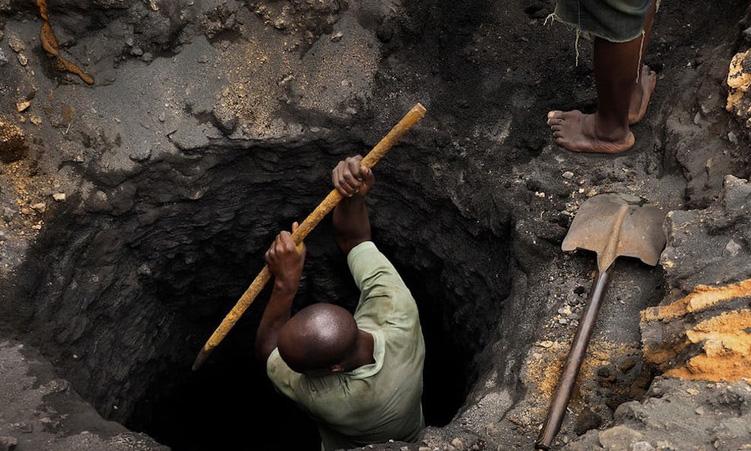LONDON – Hydrogen peroxide and chapati flour were the easily available ingredients of a plot to kill London commuters, a prosecutor said Monday at the trial of six men accused of planning to bomb the transport system two weeks after suicide bombers killed 52 bus and subway passengers.
Prosecutors contend that the defendants were not copycats, but had been preparing their explosives well before the devastating attacks on July 7, 2005 – the first suicide bombings in Western Europe. The men have pleaded not guilty to charges of plotting to bomb London’s transport network.No one was killed in the attempted bombings of three subway trains and a bus on July 21 2005, because the devices failed to explode.Prosecutor Nigel Sweeney, opening the government’s case, said only luck had prevented carnage that day.”We say that the failure of these bombs to explode owed nothing to the intentions of the defendants.It was simply the good fortune of the travelling public that this day they were spared,” he said.Muktar Said Ibrahim, 28; Ramzi Mohamed, 25; Yassin Omar, 26; Manfu Asiedu, 33; Adel Yahya, 24; and Hussain Osman, 28 – all from London -deny charges of conspiracy to murder and conspiracy to cause explosions.Sweeney said Osman had told police that the bombs were “a deliberate hoax in order to make a political point” and were not intended to kill.But Sweeney said forensic scientists had tested the mixture, and “in every experiment this mixture has exploded.””This case is concerned with an extremist Muslim plot, the ultimate objective of which was to carry out a number of murderous suicide bombings,” Sweeney told jurors.He said the defendants bought 284 bottles of hydrogen peroxide – a chemical commonly used in bleaching and hair-colouring products -totalling 442 litres between late April and early July 2005.At a makeshift “bomb factory” in a north London apartment rented by Omar, they boiled the chemical to a concentration of 70 per cent to make it a more potent explosive ingredient, Sweeney said.He said the bombs’ main explosive charge was 70 per cent liquid hydrogen peroxide and 30 per cent chapati flour.Chapati is a type of Indian flat bread.Nampa-APThe men have pleaded not guilty to charges of plotting to bomb London’s transport network.No one was killed in the attempted bombings of three subway trains and a bus on July 21 2005, because the devices failed to explode.Prosecutor Nigel Sweeney, opening the government’s case, said only luck had prevented carnage that day.”We say that the failure of these bombs to explode owed nothing to the intentions of the defendants.It was simply the good fortune of the travelling public that this day they were spared,” he said.Muktar Said Ibrahim, 28; Ramzi Mohamed, 25; Yassin Omar, 26; Manfu Asiedu, 33; Adel Yahya, 24; and Hussain Osman, 28 – all from London -deny charges of conspiracy to murder and conspiracy to cause explosions.Sweeney said Osman had told police that the bombs were “a deliberate hoax in order to make a political point” and were not intended to kill.But Sweeney said forensic scientists had tested the mixture, and “in every experiment this mixture has exploded.””This case is concerned with an extremist Muslim plot, the ultimate objective of which was to carry out a number of murderous suicide bombings,” Sweeney told jurors.He said the defendants bought 284 bottles of hydrogen peroxide – a chemical commonly used in bleaching and hair-colouring products -totalling 442 litres between late April and early July 2005.At a makeshift “bomb factory” in a north London apartment rented by Omar, they boiled the chemical to a concentration of 70 per cent to make it a more potent explosive ingredient, Sweeney said.He said the bombs’ main explosive charge was 70 per cent liquid hydrogen peroxide and 30 per cent chapati flour.Chapati is a type of Indian flat bread.Nampa-AP
Stay informed with The Namibian – your source for credible journalism. Get in-depth reporting and opinions for
only N$85 a month. Invest in journalism, invest in democracy –
Subscribe Now!










